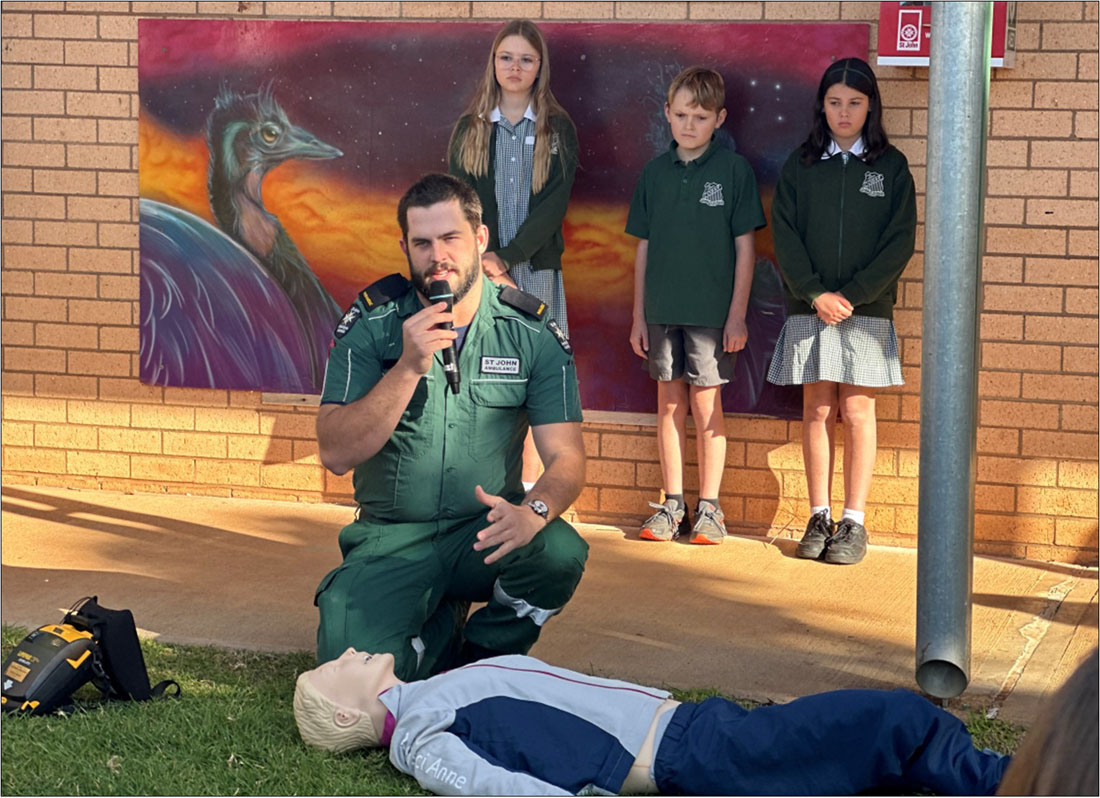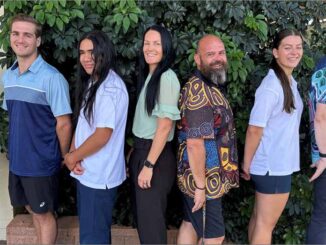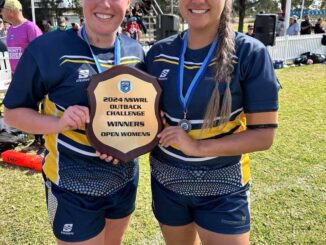
Cobar Public School is the second school in NSW to receive a St John Ambulance defibrillator and CPR and defibrillator awareness training.
A total of 12 defibrillator units are being donated to schools across Sydney and in regional areas in memory of Andrew Sitaramayya, a former St John Ambulance staff member who died from a sudden cardiac arrest while walking his dog in September 2022.
Despite the efforts of bystanders and health professionals on the scene, Andrew could not be revived.
In commemoration and celebration of Andrew’s life and commitment to helping others, his wife Maria raised over $24,000 which has gone towards equipping 12 schools across NSW with St John Ambulance AEDs (Automated External Defibrillator).
St John Ambulance is also providing CPR and defibrillator awareness training at each school, equipping students with the skills and confidence they need to help save a life.
Cobar St John Ambulance Trainer, Angus Dalton (who is also a NSW Ambulance paramedic), unveiled Cobar Primary School’s defibrillator yesterday morning and demonstrated its use to the school’s Year 5 and 6 students.
Mr Dalton explained the devices are easy to use and, with voice and audio prompts that give simple instructions throughout every step of the process, they can be easily operated by children and adults.
He said the use of a defibrillator in the event of a cardiac arrest can improve a person’s survival rate by up to 70 per cent.
Sudden cardiac arrest continues to be one of the leading causes of death in Australia with 30,000 Australians affected each year.
Approximately 25,000 of these incidents occur outside of immediate hospital care, making the availability of defibrillators and CPR in local areas crucial to a person’s chance of survival, which drops 10 per cent for every minute without an AED shock or CPR.


